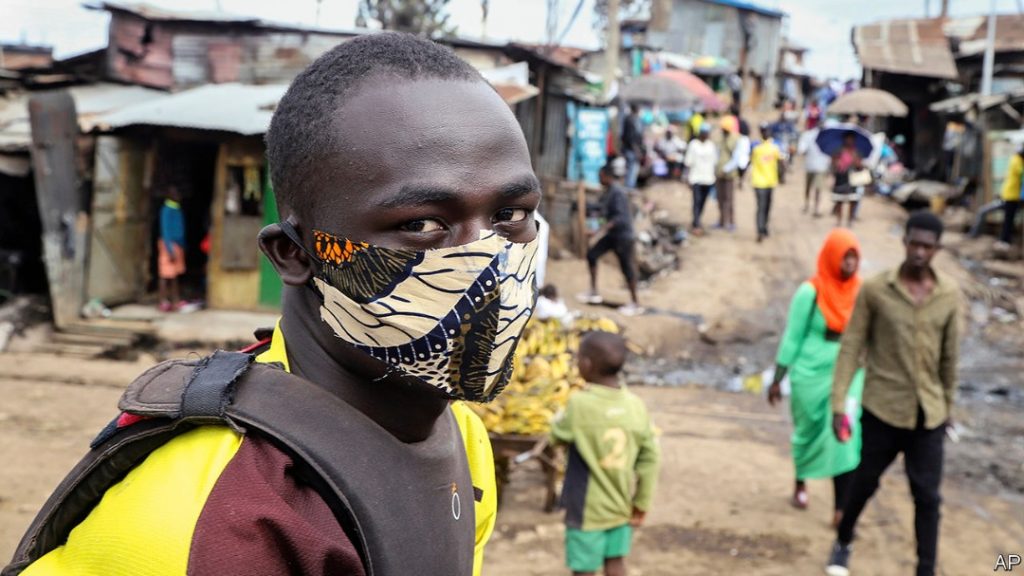The Nodding Disease: Is it a Long-term War Effect Or Vitamin Deficiency?
Written by Amy on February 15, 2021
By Amy
Nodding disease is a disease which emerged in Sudan in the 1960s. It is a mentally and physically disabling disease that only affects children, typically between the ages of 5 and 15. It is currently restricted to small regions in South Sudan, Tanzania, and northern Uganda.
Over a number of years, CDC has responded to requests for assistance from the Ministries of Health in Uganda and South Sudan to help investigate a mysterious disease affecting children, commonly referred to as Nodding syndrome. Nodding syndrome is an unexplained neurologic condition characterized by episodes of repetitive dropping forward of the head, often accompanied by other seizure-like activity, such as convulsions or staring spells. The condition predominantly affects children aged 5–15 years and has been reported in South Sudan from the states of Western and Central Equatoria and in Northern Uganda and southern Tanzania.
Children affected by nodding disease experience a complete and permanent stunting of growth. The growth of the brain is also stunted, leading to mental handicap. The disease is named for the characteristic, pathological nodding seizure, which often begins when the children begin to eat, or sometimes when they feel cold.
Nodding syndrome is debilitating both physically and mentally. In 2004, Peter Spencer stated: “It is, by all reports, a progressive disorder and a fatal disorder, perhaps with duration of about three years or more.” While a few children are said to have recovered from it, many have died from the illness. Seizures can also cause children to collapse, potentially causing injury or death.
Recently, at least two children in the age bracket of 15-20 years suffering from nodding disease have died in Lapul Ocwida parish, Atanga Sub-County in Pader district since this month of February 2021.
The nodding disease children perished when they went to fetch water in nearby water streams in their area. The incidents happened between the 1st -10th February 2021 from Latuda stream in Odani and Bar-orik villages all in Lapulocwida parish, Atanga Sub-County in Pader district.
Ms Akello Monica, a resident of Odani village in Lapul Ocwida parish, Atanga Sub-County says “most parents of the nodding disease children have lost hope become less vigilant in controlling the movement of the sick children, which is why some of them are drowning in streams, … the nodding disease-afflicted children tend to sneak from home to go fetching water from the nearby streams but they end up falling into water and dying when they go alone.”
The CDC is investigating a possible connection with wartime chemical exposure. They also consider and continue to investigate whether a deficiency in vitamin B6 (pyridoxine) could be a cause, noting the seizures of pyridoxine-dependent epilepsy and this common deficiency in disease sufferers.
Most of the above mentioned areas prone to having children affected by the nodding syndrome are areas that have had severe war activity that as stated above and also affects the brain development activity of the children, there’s a strong belief that the disease is an aftermath effect of war. Similar to the Hiroshima and Nagasaki bombing on 6 August 1945 where the effects include; untoward pregnancy outcomes (birth of still born children), deaths of live-born infants (exclusive of those resulting from malignant tumor), malignancies (cancerous evolution in a number of infants born after the bombings).




